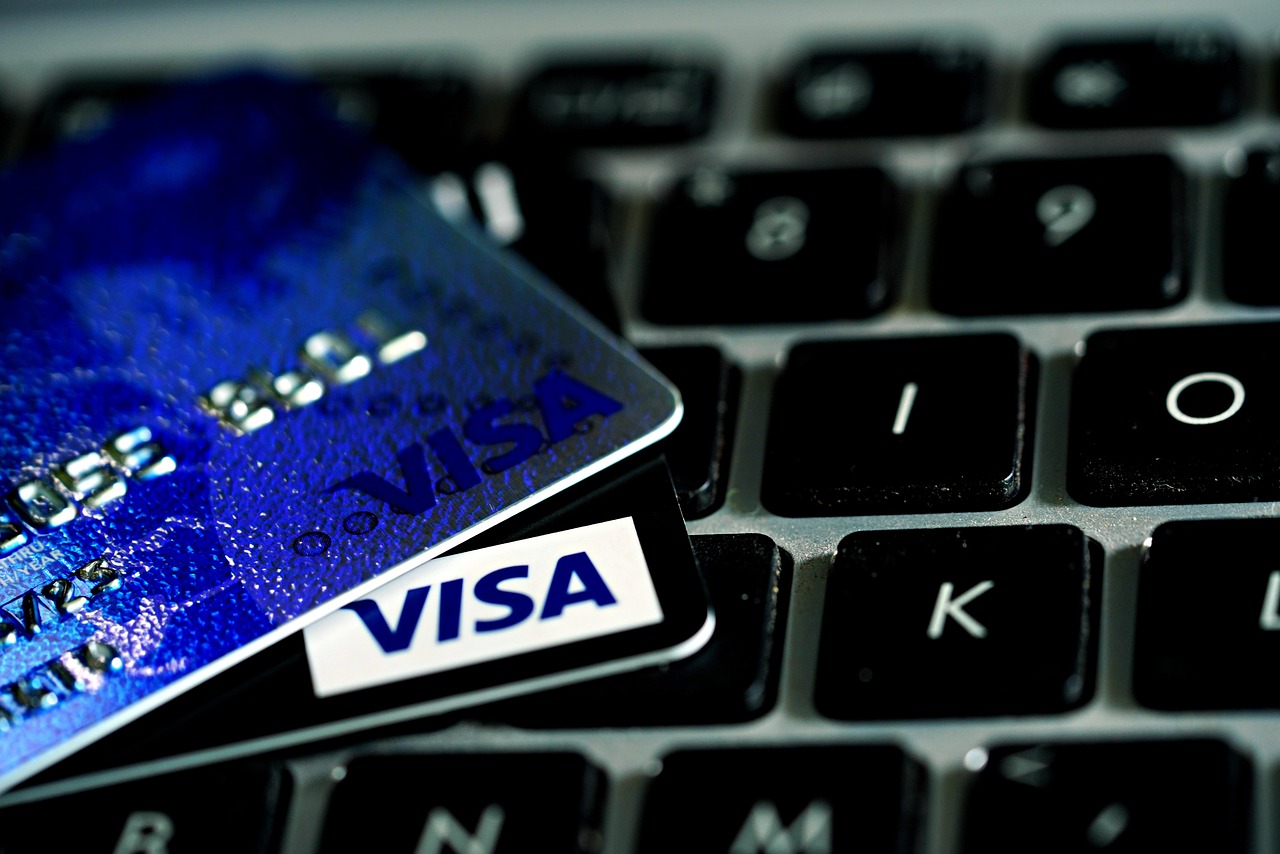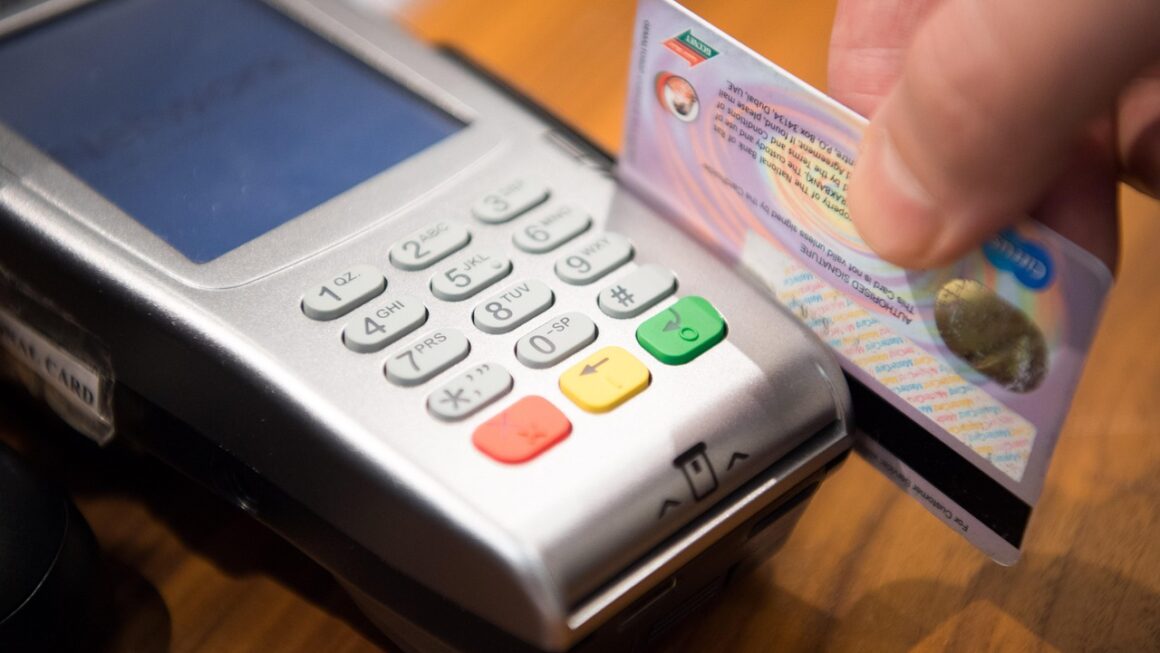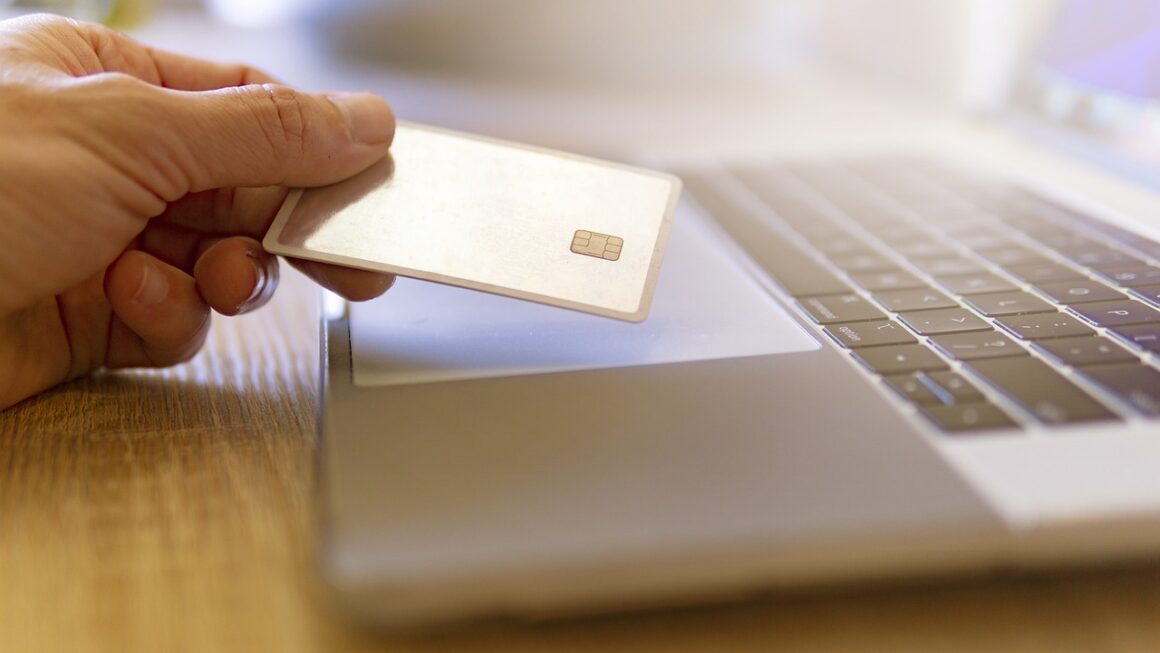In today’s fast-paced digital world, convenience and security are paramount, especially when it comes to managing our finances. Digital wallets, also known as e-wallets, have emerged as a game-changing solution, streamlining transactions and offering a safer, more efficient way to pay. This comprehensive guide explores the ins and outs of digital wallets, their benefits, how they work, and everything you need to know to leverage this innovative technology.
What is a Digital Wallet?
A digital wallet is essentially a software-based system that securely stores your payment information, such as credit card details, debit card information, loyalty cards, and even digital currencies. Instead of physically carrying these cards, you can use your smartphone, smartwatch, tablet, or computer to make purchases both online and in physical stores.
How Digital Wallets Work
Digital wallets leverage various technologies to facilitate secure transactions:
- Near Field Communication (NFC): This allows you to tap your device on a compatible payment terminal to make a purchase. Think of it as a wireless form of communication between your device and the reader. Most modern smartphones are equipped with NFC.
- QR Codes: Some digital wallets use QR codes, which are scanned by the merchant’s point-of-sale system to initiate a transaction. This is a common method for wallets used in regions with less prevalent NFC infrastructure.
- Tokenization: When you add your card to a digital wallet, the actual card number is often replaced with a unique “token.” This token is what’s used for transactions, further protecting your sensitive financial data. If a merchant’s system is compromised, the hacker only gains access to the token, not your actual card details.
- Cloud Storage: Many digital wallets store your information securely in the cloud, allowing you to access it from multiple devices and easily restore it if you lose your phone.
Popular Examples of Digital Wallets
Several digital wallets dominate the market, each with its own unique features and advantages:
- Apple Pay: Integrated into Apple devices, offering seamless and secure payments using Face ID or Touch ID.
- Google Pay: Available on Android devices, allowing users to make payments through their Google accounts.
- Samsung Pay: Unique in its ability to work with both NFC and MST (Magnetic Secure Transmission) technology, making it compatible with a wider range of payment terminals. MST emulates the magnetic stripe of a traditional credit card, allowing it to work on older card readers.
- PayPal: A widely used online payment platform that also offers a mobile app for in-store payments.
- Venmo: Primarily used for peer-to-peer payments, but increasingly accepted at select merchants.
- Cash App: Another popular peer-to-peer payment app that also offers a debit card for spending your balance.
Benefits of Using Digital Wallets
Digital wallets offer a multitude of advantages over traditional payment methods:
Enhanced Security
- Tokenization: As mentioned earlier, tokenization adds an extra layer of security by masking your actual card details.
- Biometric Authentication: Many digital wallets require fingerprint scanning or facial recognition for authorization, preventing unauthorized access to your funds.
- Fraud Protection: Digital wallet providers often have sophisticated fraud detection systems in place to monitor transactions and prevent fraudulent activity.
Convenience and Speed
- Faster Transactions: Paying with a digital wallet is often quicker than swiping a card or entering PIN numbers.
- Reduced Clutter: No need to carry multiple cards; everything is stored securely on your phone.
- Easy Online Payments: Many websites and apps accept digital wallet payments, streamlining the online checkout process.
Loyalty Programs and Rewards
- Automatic Enrollment: Some digital wallets automatically enroll you in loyalty programs and track your rewards points.
- Exclusive Deals: Digital wallet providers often partner with merchants to offer exclusive discounts and promotions to their users.
- Centralized Management: Keep track of all your loyalty cards and rewards programs in one convenient location.
Contactless Payments
- Hygienic: Contactless payments reduce physical contact, promoting better hygiene, especially important in public places.
- Social Distancing: Helps maintain social distancing during transactions.
- Widely Accepted: Contactless payment acceptance is growing rapidly worldwide.
Setting Up and Using a Digital Wallet
Getting started with a digital wallet is a relatively simple process:
Choosing a Digital Wallet
- Consider Compatibility: Ensure the wallet is compatible with your device (iOS or Android) and preferred payment methods.
- Evaluate Security Features: Look for wallets that offer tokenization, biometric authentication, and fraud protection.
- Check Merchant Acceptance: Determine if the wallet is widely accepted at the stores you frequent.
- Review Fees: Understand any potential fees associated with using the wallet, such as transaction fees or currency conversion fees.
Adding Payment Methods
- Follow On-Screen Instructions: The wallet app will guide you through the process of adding your credit or debit cards.
- Verification: You may need to verify your card details with your bank or card issuer.
- Securely Store Your Information: Keep your device and digital wallet secure with strong passwords and biometric authentication.
Making Payments
- In-Store Payments: Simply unlock your device and tap it on the payment terminal (if using NFC). Alternatively, scan the QR code displayed by the merchant.
- Online Payments: Select the digital wallet option at checkout and follow the prompts to authorize the payment.
- Peer-to-Peer Payments: Use the app to send money to friends and family by entering their email address, phone number, or username.
Security Considerations for Digital Wallets
While digital wallets offer enhanced security, it’s crucial to take precautions to protect your information:
Strong Passwords and Biometrics
- Use a Strong, Unique Password: Don’t reuse passwords across multiple accounts.
- Enable Biometric Authentication: Fingerprint scanning or facial recognition adds an extra layer of security.
- Regularly Update Your Password: Change your password periodically to minimize the risk of unauthorized access.
Protecting Your Device
- Keep Your Device Secure: Protect your smartphone or tablet with a strong passcode or pattern lock.
- Install Anti-Malware Software: Consider using anti-malware software to protect your device from viruses and other threats.
- Be Wary of Phishing Scams: Be cautious of suspicious emails or text messages that ask for your personal or financial information.
Monitoring Transactions
- Review Your Transactions Regularly: Check your digital wallet activity frequently to identify any unauthorized transactions.
- Set Up Alerts: Configure transaction alerts to receive notifications for every purchase made with your digital wallet.
- Report Suspicious Activity Immediately: Contact your bank or digital wallet provider immediately if you suspect any fraudulent activity.
Backup and Recovery
- Enable Cloud Backup: Ensure your digital wallet data is backed up to the cloud for easy recovery if you lose your device.
- Keep Recovery Information Safe: Store your recovery codes or passwords in a secure location.
The Future of Digital Wallets
The future of digital wallets is bright, with continued innovation and expansion expected in the coming years.
Integration with Emerging Technologies
- Cryptocurrency Integration: Expect to see more digital wallets supporting cryptocurrencies, enabling users to buy, sell, and spend digital assets seamlessly.
- Blockchain Technology: Blockchain could enhance the security and transparency of digital wallet transactions.
- Internet of Things (IoT): Digital wallets could be integrated into other devices, such as smart refrigerators or connected cars, allowing for automated payments.
Enhanced Personalization
- AI-Powered Recommendations: Digital wallets could use artificial intelligence to provide personalized recommendations for products, services, and deals.
- Context-Aware Payments: Digital wallets could adapt to your location and activity, offering relevant payment options and promotions.
- Biometric Payments: Advanced biometric authentication methods, such as vein scanning or voice recognition, could further enhance security.
Expansion into New Markets
- Global Adoption: Digital wallets are expected to gain wider adoption in developing countries, providing access to financial services for underserved populations.
- Cross-Border Payments: Digital wallets could facilitate faster and cheaper cross-border payments, reducing reliance on traditional banking systems.
- Government Initiatives: Governments are increasingly exploring the use of digital wallets for disbursing social benefits and other payments.
Conclusion
Digital wallets have revolutionized the way we pay, offering a more secure, convenient, and efficient alternative to traditional payment methods. By understanding the benefits, security considerations, and future trends of digital wallets, you can confidently embrace this innovative technology and enjoy the many advantages it offers. As digital wallets continue to evolve, they will undoubtedly play an increasingly important role in shaping the future of finance. Take the steps to set up your digital wallet securely today, and experience the convenience and security it offers.




